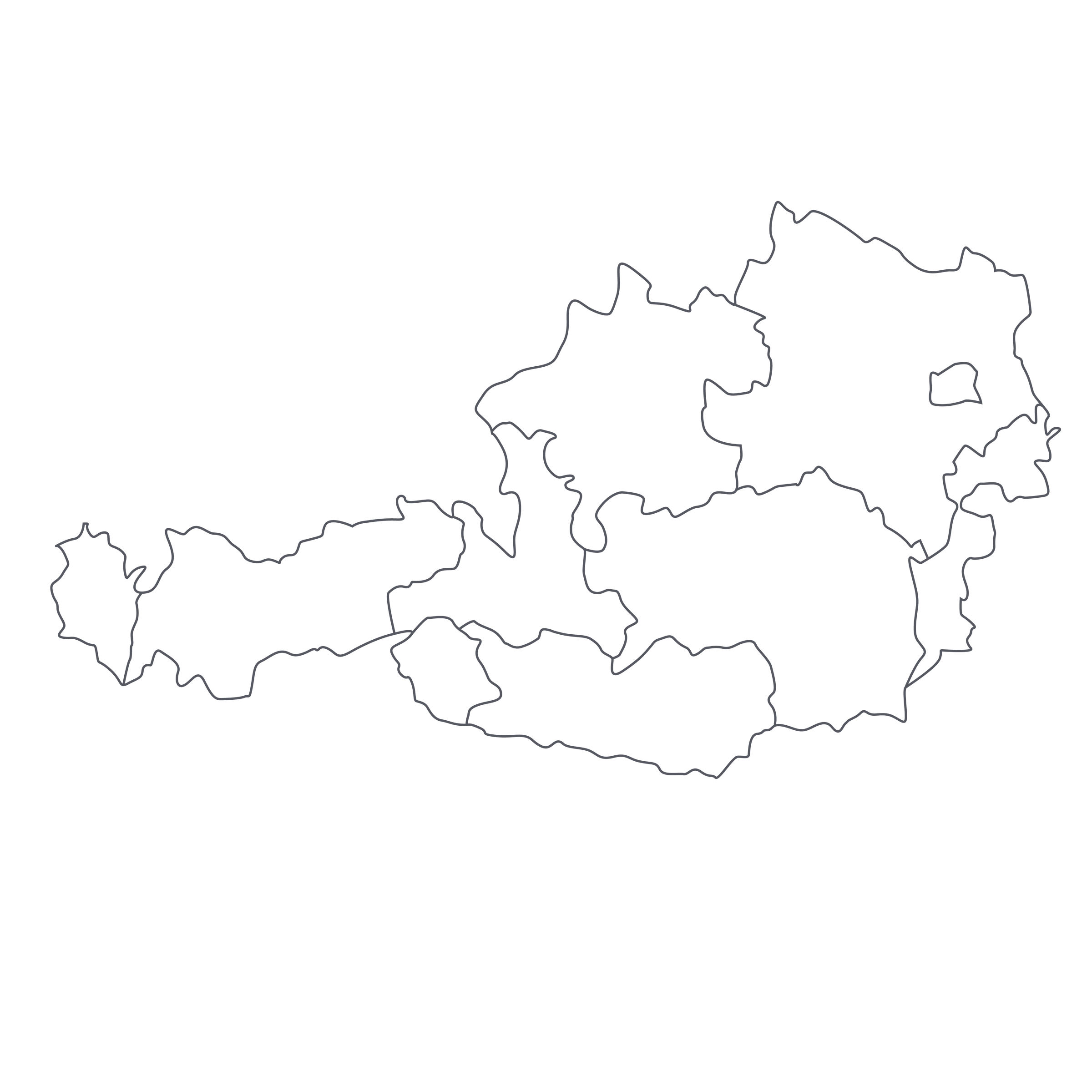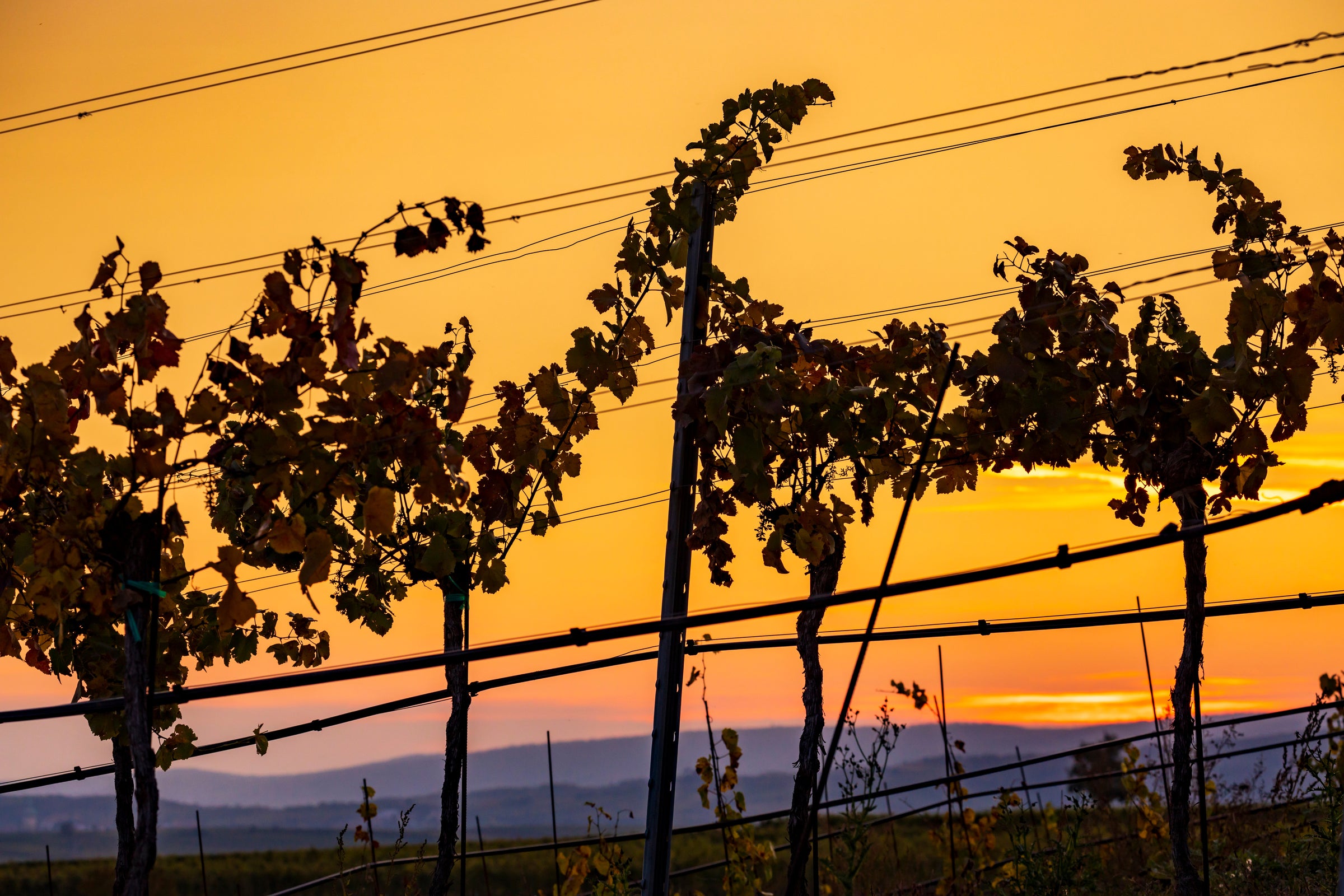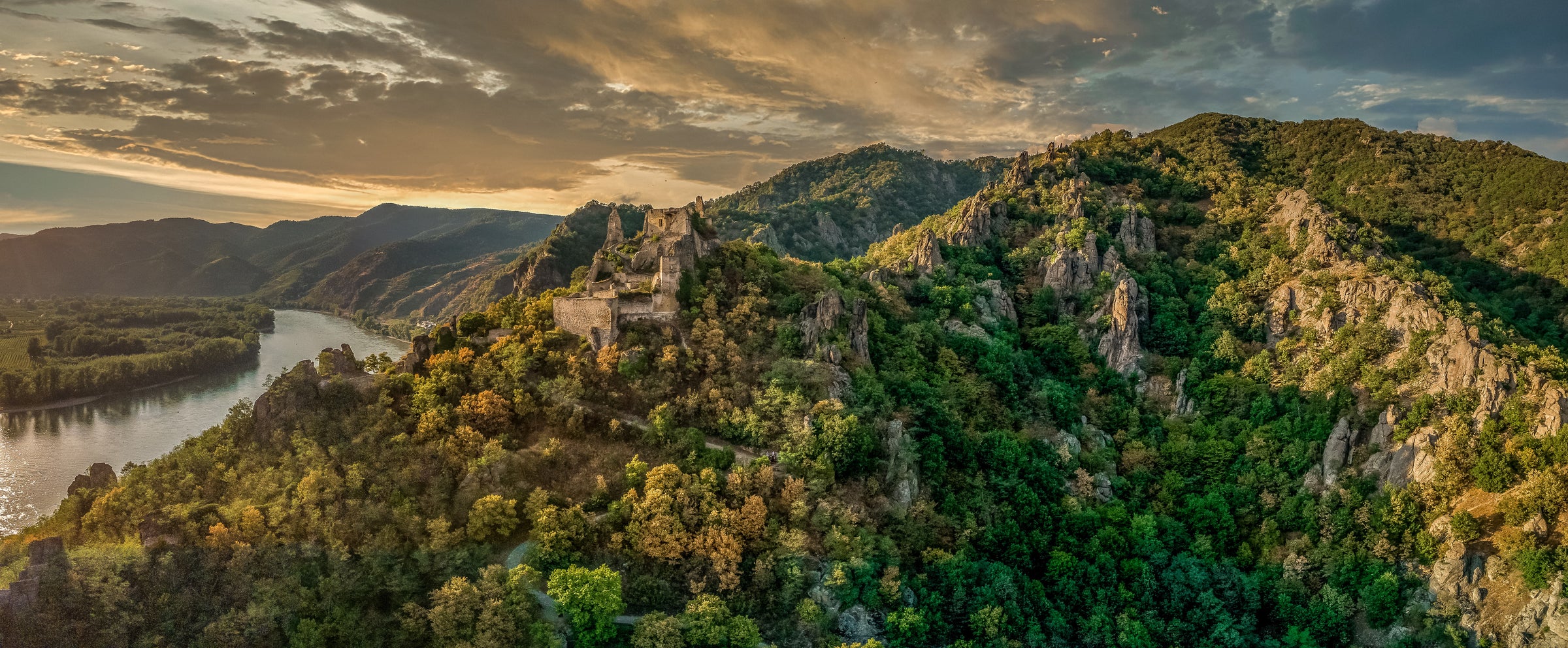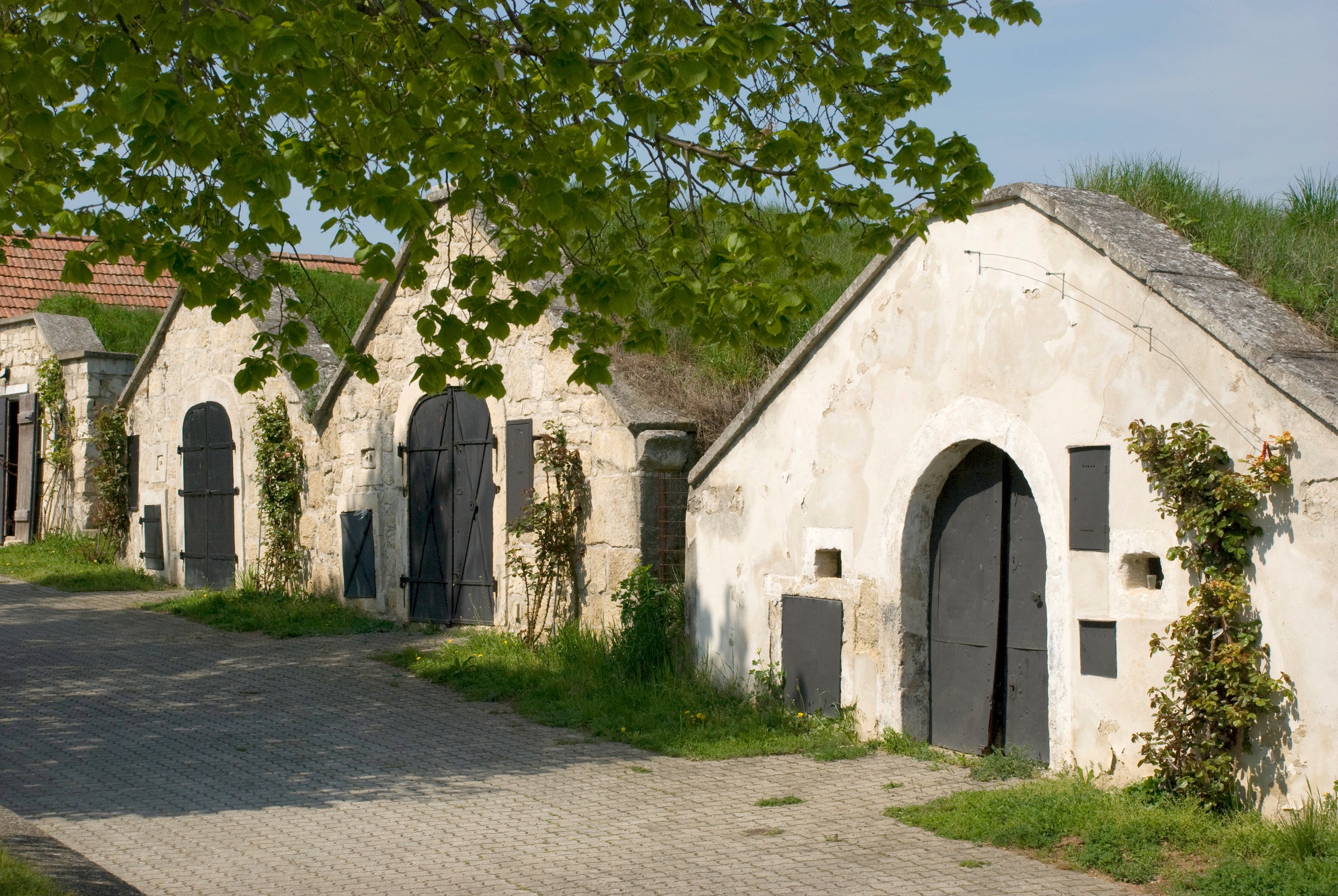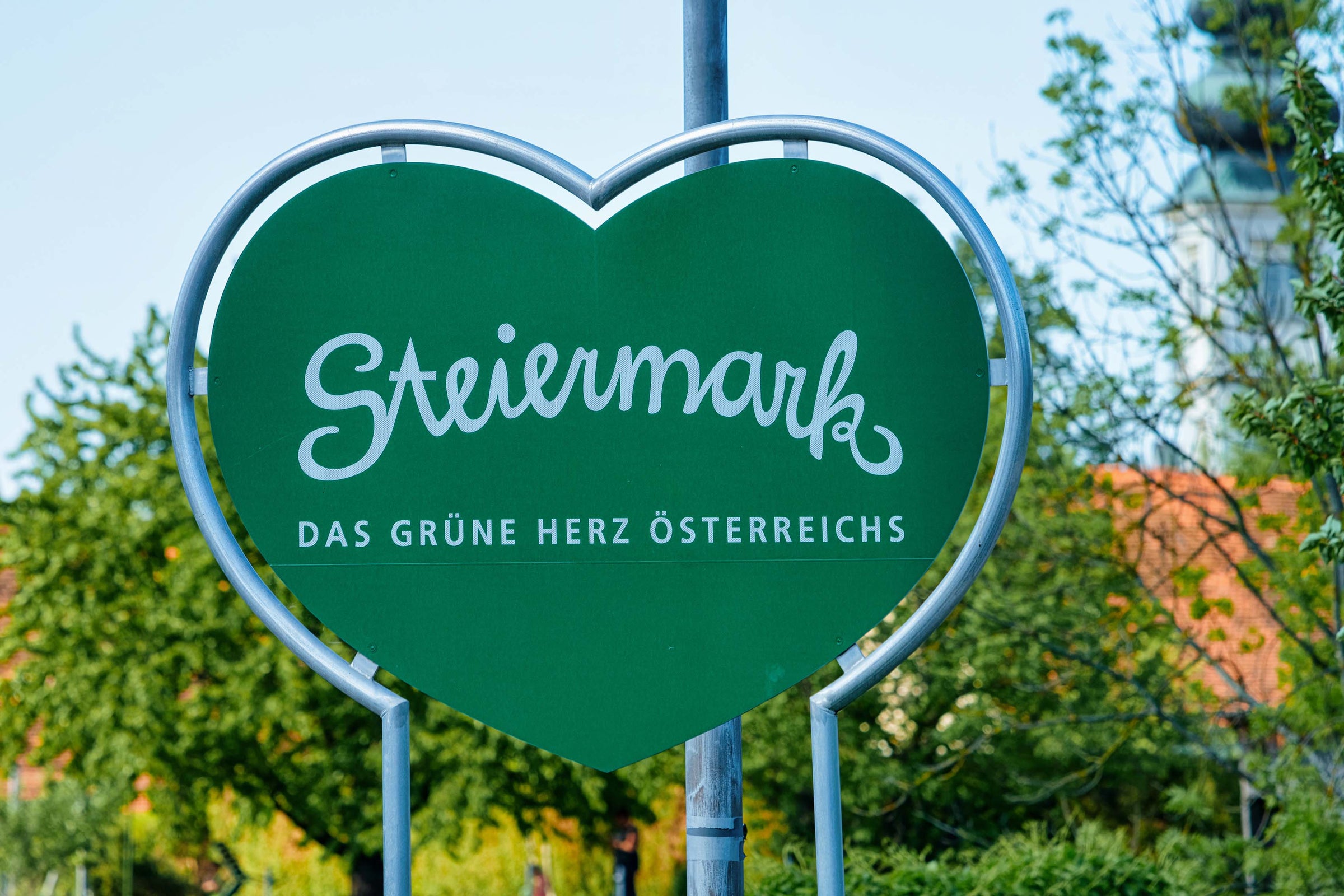Today we have an exceptionally pure, brightly perfumed, deeply mineral Austrian white wine to share with you. Austria is especially good at these, and not just when the variety is Grüner Veltliner or Riesling. In Styria, near the border with Slovenia, brothers Christoph and Mattias Neumeister are turning their bucolic hometown of Straden into the Sancerre of Austria.
The limestone-studded soils of Straden resemble those of Sancerre, and this 2019 from Neumeister displays a lot of kindred qualities to its French counterparts, but rather than say that is as good or better than most Sancerre at this price point (which it is), I’d rather focus on the nobility and varietal character of Sauvignon Blanc—which Neumeister’s “Straden” captures so perfectly. I don’t think this variety gets the respect it deserves, perhaps because, as the Neumeisters themselves say, its aromas and flavors can become “obtrusive.” I’m no fan of the excessively grassy/green peppery styles of Sauvignon Blanc, nor of the sweetly perfumed, overly floral styles, and that’s precisely why Neumeister’s “Straden” made such a powerful impact on me and the SommSelect team: It is as focused and nuanced as anything from the Loire, with that all-important mineral component to distinguish it. This is no “cocktail” wine. This is organically farmed, precision-crafted Sauvignon Blanc that ranks among the world’s best.
In Austria, where white grape varieties account for two-thirds of all plantings, Sauvignon Blanc is a relatively minor player, although it has eclipsed the likes of Muskateller, Scheurebe, and Traminer in terms of acres (or should I say hectares) planted. At Neumeister, whose overall production is 90% white, Sauvignon Blanc is a major focus: In all, they farm 35 hectares of vines in and around Straden, an incredibly verdant stretch of hills that has catapulted to the top of my must-visit list. As indicated on the wine’s label, this is the Vulkanland subzone of Styria (Steirmark), which is studded with long-extinct volcanoes whose deposits are a key component of the local soils. The Neumeister vineyards are on limestone deposits from an ancient seabed, and include the “Buchberg” vineyard, Styria’s oldest plot of Sauvignon Blanc (it was first planted in 1937).
From well-positioned vineyards that benefit from a classic Austrian push-pull of cool Alpine air and warmer “Pannonian” currents from the east, the Neumeisters hand-harvest their organically farmed grapes and meticulously hand-sort them before initiating fermentation on native yeasts. This 2019 was left to macerate on its skins for a bit during fermentation in stainless steel, lending a touch of spice to the finished product; it aged on its lees (spent yeast cells) in stainless steel for about six months before bottling, lending depth and texture. It really is the complete Sauvignon Blanc package, neither overly “green” nor overly intense in its fruit expression.
In the glass, the wine is a pale straw-gold with copper and silver highlights, with the kind of aromas that transport you to a dewy, flower-strewn meadow in Springtime: scents of juicy citrus fruits, white peach, cut grass, tarragon, mint, white pepper, lilacs, and wet stones carry over to a mouth-wateringly dry, medium-bodied palate. It’s fresh and lip-smacking but also sneakily persistent, with a floral, mineral finish that seems to go on for minutes. As is often the case with my beloved Grüner Veltliners from Austria, I find myself craving green foods when I sip this wine: composed salads, asparagus, artichokes, maybe some white-fleshed fish drizzled with pesto or a variation thereof. Serve this electrifying white at 45-50 degrees in all-purpose stems with a delicate seafood preparation like the ones the Neumeisters serve at their restaurant, Saziani, on the property. Cheers!


